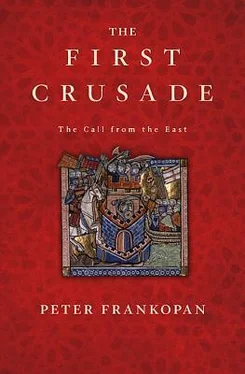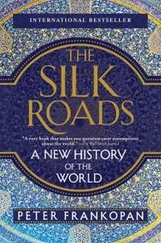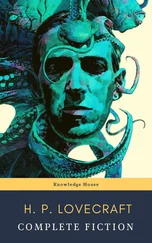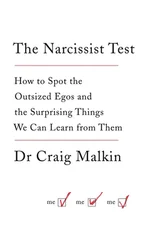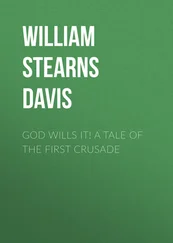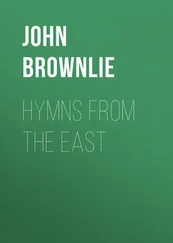Instead of becoming known as a traitor, Bohemond was commemorated in a quite different fashion. His popularity in the west was little affected by the last, disastrous attack on Epirus, the settlement he reached with the emperor little known outside Byzantium. In the words of Albert of Aachen, who wrote a decade after his death, he was: ‘Bohemond, magnificent prince of Antioch, appointed by God’. 73Inscriptions on the cupola of the cathedral of Canosa in southern Italy where he was buried likewise preserve a rather more positive memory of Bohemond than justified by the treaty of Diabolis:
The magnanimous prince of Syria lies under this roof;
No better man than he will be born again in the universe.
Greece was conquered four times, while the greater part of the world
Knew for a long time the genius and strength of Bohemond.
He conquered columns of thousands with a battle line of tens because of his virtue, as the city of Antioch knows so well.
How noble Bohemond was, say inscriptions above the bronze doors at the southern end of the church. He conquered Byzantium and protected Syria from its enemies. He could not be called a god; but he was certainly more than a normal man. Pray for the mighty Bohemond as you enter the church, it goes on, that this great soldier is happy in heaven. 74
To say that Bohemond defeated Byzantium four times was stretching things. All three of the assaults on Epirus that the Norman took part in – in 1081–3, 1084–5 and 1107–8 – had ended in failure, while the Crusade hardly represented a victory for Bohemond over the empire – especially in the wake of his ignominious surrender at Diabolis. But the inscriptions at Canosa are by no means the only evidence of elasticity with the truth from this period. One poem produced by a monk from the Loire region in France presented Bohemond’s last invasion of the empire as a great success. The hero of Antioch not only took on the emperor Alexios, who fought like a cornered boar, but scattered the imperial armies sent against him. The campaign concluded not in a crushing Byzantine victory, but quite the opposite: a peace treaty extended by Bohemond and readily agreed to by the emperor who was only too pleased to recognise the Norman’s superiority. It was Alexios, according to this poem, who swore an oath to Bohemond, and not the other way round. 75It appears that memory and reality were two different things when it came to Bohemond – and indeed to the emperor Alexios. 76
In fact, it was not just these two leading characters whose roles and reputations were recast in the years that followed the First Crusade. Perhaps more surprisingly, so was the position of the Pope. The contribution made by Urban II was central and decisive when it came to laying the foundations for the campaign to Jerusalem. His galvanisation of the knighthood of Europe was instrumental and proved enormously effective in inspiring tens of thousands of men to take the Cross and make for the Holy Land. His role was clearly recognised by the Crusader leadership when they wrote to him from Antioch in 1098 following the fall of the city. 77
Urban is, however, conspicuously absent from the first accounts of the Crusade. Neither the Gesta Francorum nor the Historia Francorum of Raymond of Aguilers seems to suggest that the First Crusade was conceived, inspired and put into motion by Pope Urban II. Raymond of Aguilers, who travelled alongside the Count of Toulouse, does not even mention the papacy at the start of his account of the expedition to Jerusalem. The moment that supposedly defined the expedition and changed the medieval world forever – the rousing speech at Clermont – is not referred to, directly or indirectly. Nor does the influential Gesta Francorum mention Clermont. Its author reports that the Pope travelled north of the Alps and encouraged men to take up arms and head east – but he is not cast as the originator of the Crusade. He simply fanned ‘the great stirring of heart throughout all the Frankish lands’. According to this author, at least, he was tapping into the zeitgeist rather than shaping events. 78
It was only in the accounts written a decade after Clermont that the role of the papacy was clearly articulated and accentuated. Robert the Monk, Baldric of Dol and Guibert of Nogent, writing several years after the capture of Jerusalem, reshaped the origins of the Crusade, casting Urban as the main protagonist, placing him firmly at the heart of the expedition. Intentionally or otherwise, he now filled the void left by the expurgation of Emperor Alexios; the central figure behind the mobilisation of western knights was cast into the shadows in the decade that followed the Crusade, and has remained there ever since.
It is not that Urban did not deserve credit for the liberation of Jerusalem, or even that his efforts to draw thousands of men to the defence of the Eastern Church did not have a monumental impact. He almost certainly did not learn of the fall of the Holy City, even though he died at the end of July 1099 just a few weeks after it had been captured: news cannot have reached him that quickly. Nor did he live to see the effect of his effort to unite the church. While reconciliation talks with the Greek church had taken place at the Council of Bari in 1098, matters did not progress quite as well as he might have hoped. But in western Europe, at least, his backing of the Crusade proved to be a masterstroke, and had laid the basis for the transformation of the papacy’s role in the western world.
Urban had been elected pope in 1088 in Terracina, because he and the other senior bishops had been expelled from Rome. In the early 1090s his position remained precarious as he was outmanoeuvred by Clement, the rival pope, who was backed by the powerful emperor of Germany, Henry IV. But the success of the First Crusade decisively concluded the competition in Urban’s favour: Clement III swiftly became irrelevant. Such was the collapse in the fortunes of the antipope that his successor had to be chosen in secret and under the cover of nightfall following Clement’s death in the autumn of 1100 to protect his safety.
By then, Henry IV was openly talking about submitting to Urban’s successor, Paschal II. 79The German emperor had missed out on the First Crusade because of his enmity with the Pope; following the fall of Jerusalem, he soon declared that he also intended to set off for the east in a succession of solemn Masses in the winter of 1102. 80He also sought to mend the rift in the Western Church by writing to his godfather Hugh, the powerful abbot of Cluny, at the start of the following year to try to reopen discussions with Rome, as well as to profit from the status of knights returning from Jerusalem. 81
This did not stop the new Pope demonstrating the extent of the authority that the Crusade had given him: by 1102, Henry was already being accused of heresy, and there were calls for those who had come back from Jerusalem to attack him as a result. 82The Pope’s power was such that by the start of the following year, the German emperor was admitting to one of the pontiff’s most senior supporters that he was to blame for the split in the church and wished for reconciliation. 83
It was not until the Concordat of Worms in 1122 and the First Lateran Council at the start of the following year that the investiture crisis – the name given to the dispute between the papacy and the German emperors – was finally brought to a close. While it was up to the second generation of chroniclers of the expedition to Jerusalem to restore Pope Urban II to his central position in the narrative, there could be little doubt that the First Crusade had been a triumph for the popes of Rome.
In fact, for the man who had triggered Urban’s call to arms, Alexios I Komnenos, the expedition was also an astonishing success. The Crusade had brought an almost epic reversal in the empire’s fortunes.
Читать дальше
